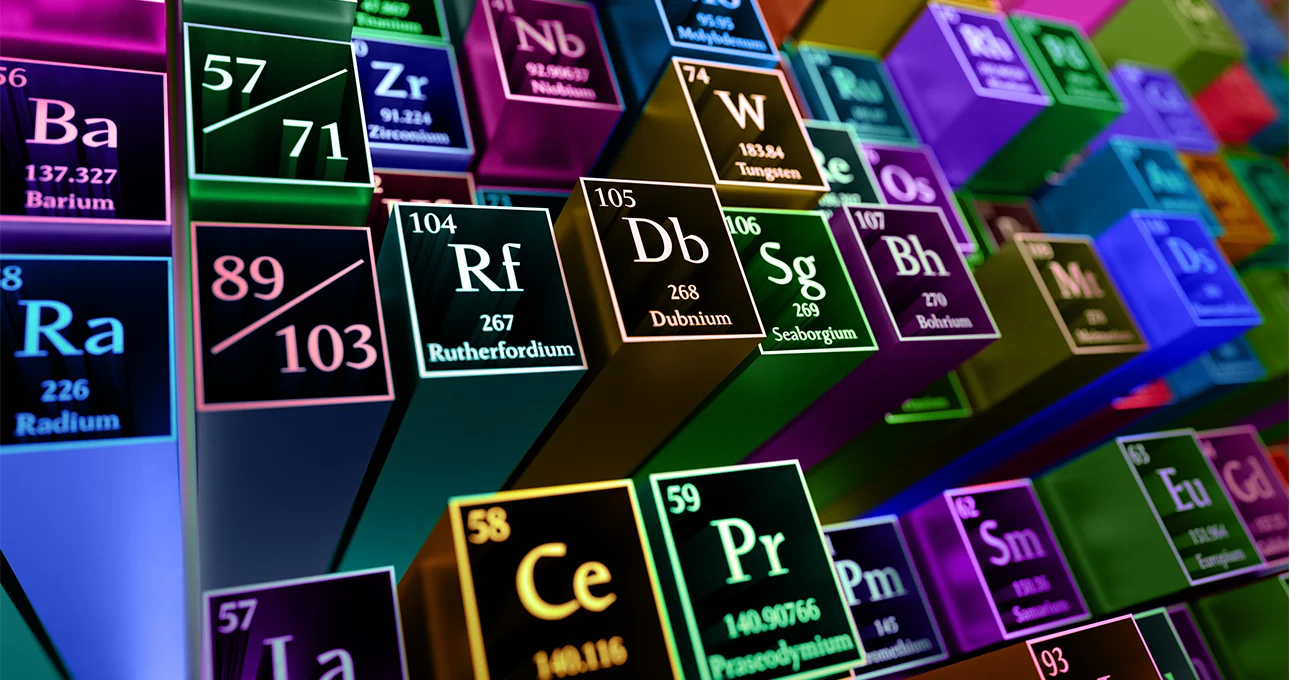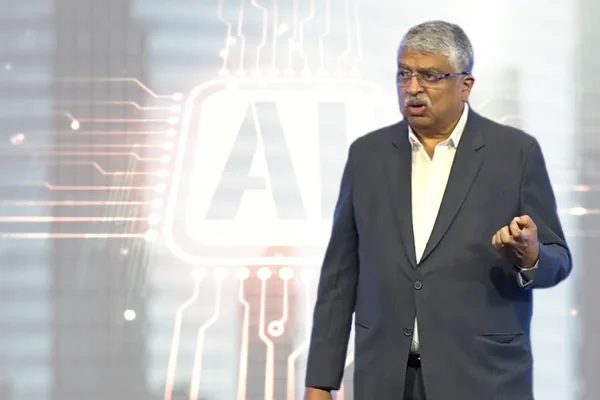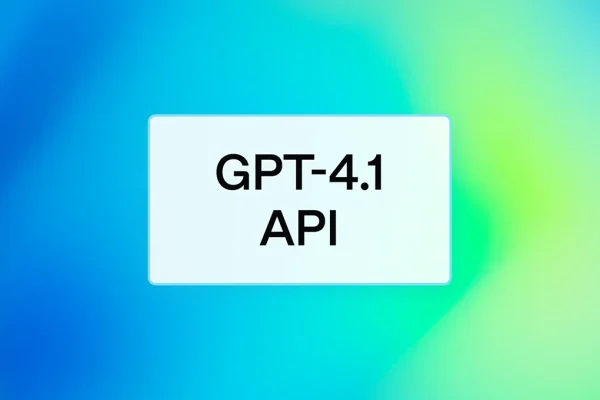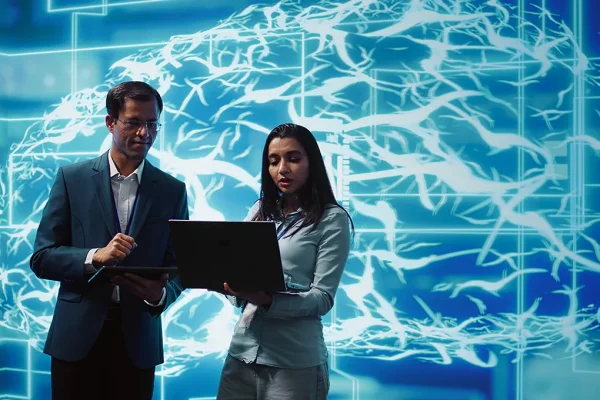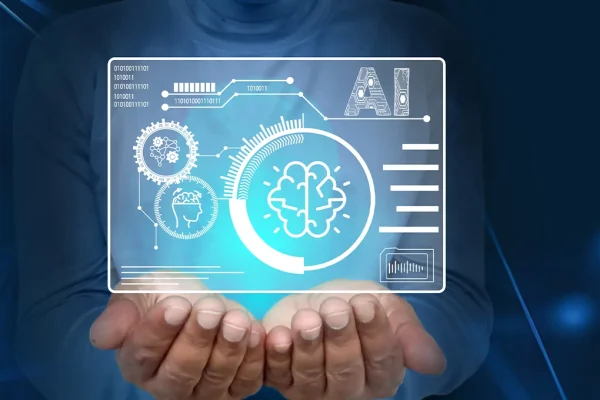MIT researchers have introduced a groundbreaking framework that organizes artificial intelligence (AI) algorithms in a structure inspired by the periodic table of elements. This innovative “AI periodic table” classifies algorithms based on shared mathematical traits, offering a unified perspective on machine learning.
Introducing I-Con: The Foundation Behind the AI Periodic Table
Central to this development is a mathematical concept called Information Contrastive Learning (I-Con). As reported, I-Con enables researchers to analyze and group algorithms by evaluating how closely their predictions align with actual outcomes—a metric known as the loss function.
Through I-Con, the MIT team discovered that a range of algorithms—from clustering and dimensionality reduction to spectral graph theory and supervised classification—are built on the same fundamental principles. According to lead researcher Alshamarri, this insight highlights how different AI methods can be unified under one theoretical framework.
How the AI Periodic Table Works
Similar to how the chemical periodic table groups elements by atomic structure, MIT’s AI table clusters algorithms based on shared mathematical behaviors. This structure makes it easier for data scientists and researchers to identify suitable tools for specific machine learning tasks.
The periodic table reveals surprising connections. For instance, algorithms once thought unrelated—like clustering and contrastive learning—were shown to share foundational properties through I-Con analysis. This offers a more cohesive understanding of algorithm functionality.
From Accidental Insight to Major Breakthrough
The idea for this model began when Alshamarri noticed parallels between I-Con and contrastive learning during his research. This led to a deeper exploration of various machine learning techniques, eventually exposing a hidden structure shared across many models.
Alshamarri explained, “The results in this study represent only a portion of what might be unified through I-Con. We believe this perspective will foster greater collaboration and innovation across AI disciplines.”
Uncharted Territory: Blank Spaces on the AI Table
Like the chemical periodic table, MIT’s AI version remains incomplete. There are open “slots” where algorithmic relationships with I-Con have yet to be uncovered. These blank areas suggest untapped research opportunities and hint at the potential for future discoveries.
As AI continues to evolve, this framework may serve as a living tool—continuously updated as new algorithms are developed and existing ones are better understood through I-Con. Its potential to streamline research, enhance transparency, and promote more informed AI applications makes it a valuable resource for the global AI community.
Stablecoin Innovation: Bridging Traditional and Crypto Payments
Visa also made headlines with its partnership with Stripe’s Bridge, introducing a new card-issuing product for stablecoin-linked Visa cards. This innovation allows fintech developers to offer cards in multiple countries via a single API integration.
With this move:
- Consumers can make everyday purchases using stablecoin balances.
- Over 150 million merchants globally can now accept these transactions.
“Partnering with Bridge is a significant step towards making stablecoins usable in daily life,” added Forestell.
Final Thoughts: AI Is Reshaping the Payments Landscape
Visa and Mastercard’s strategic AI integrations signify a major leap toward intelligent commerce. From AI chatbots that plan your shopping to tokenized credentials enhancing security, the payments industry is undergoing a massive transformation.
Whether you’re a consumer enjoying frictionless purchases or a business unlocking operational efficiency, AI-powered payments are the future—and that future has arrived.


















